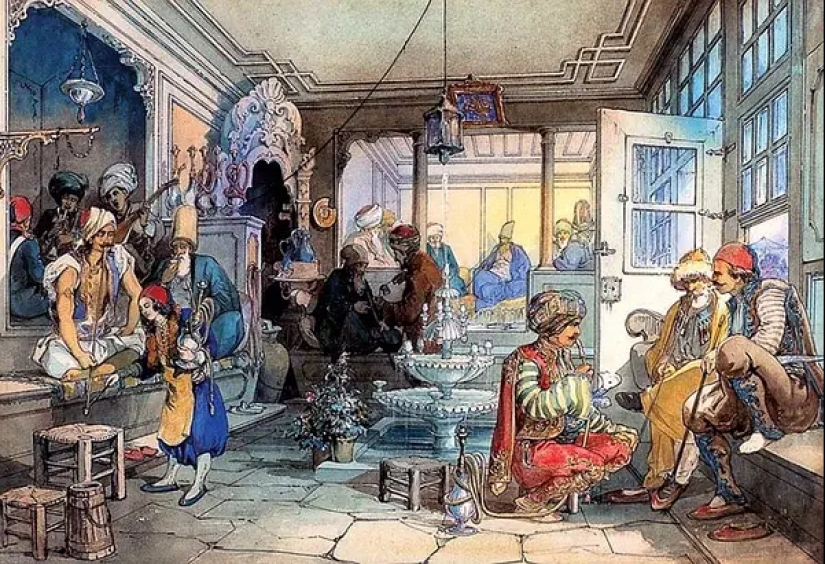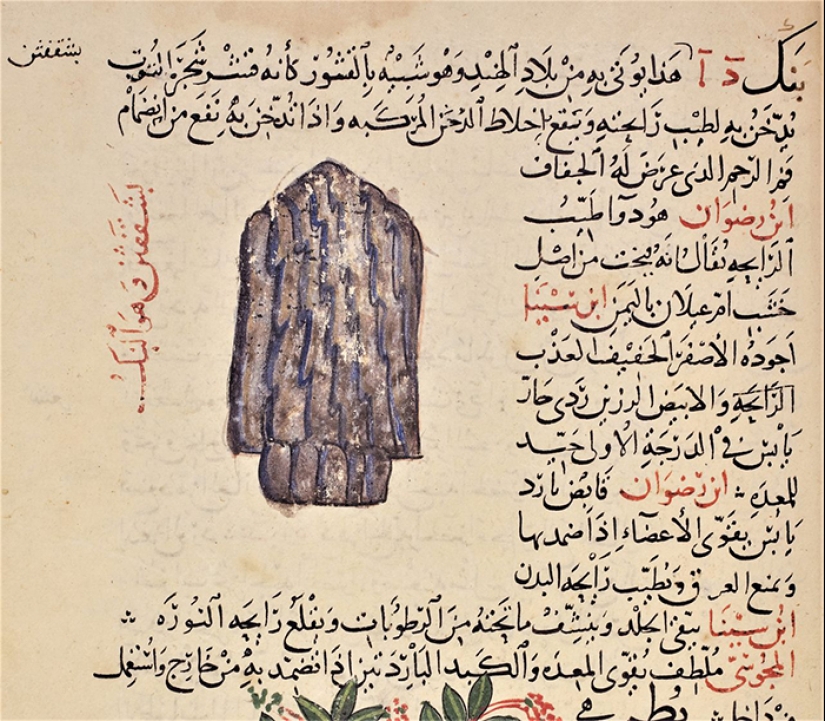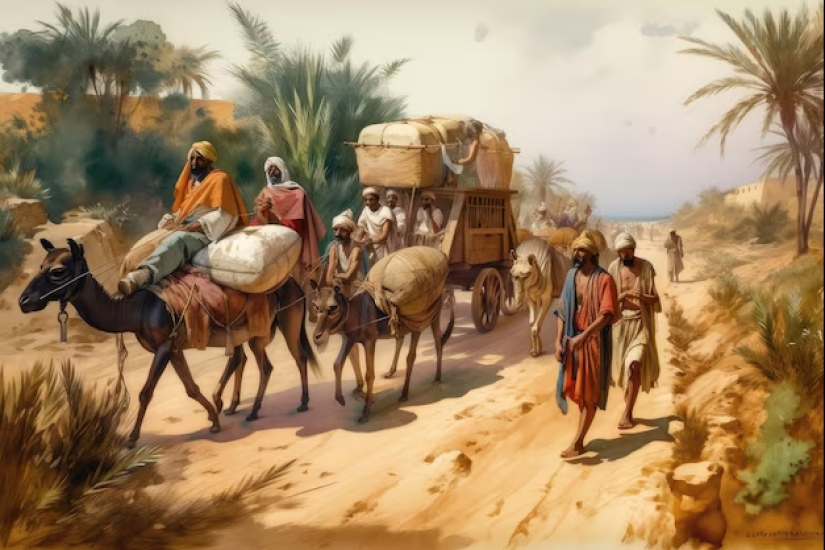How coffee was used before it became a drink. You will be very surprised...
Categories: Food and Drinks | History
By Pictolic https://pictolic.com/article/how-coffee-was-used-before-it-became-a-drink-you-will-be-very-surprised.htmlCoffee is one of the most popular drinks on the planet. Many people cannot imagine starting the day without a cup of aromatic coffee, and there are also those who like to drink it throughout the day. Coffee is also used in cooking, medicine and the beauty industry. But few people know that the beginning of the “career” of this favorite of millions was completely unattractive and at that time few people thought that coffee beans could be turned into a drink.

The tradition of drinking coffee is believed to have originated in the Middle East in the 15th century. How things were with this product before this time is unknown to the general public. But for scientists this is no secret and they have traced the history of coffee long before it settled in Persian and Arab coffee shops.

When coffee was not yet a drink, it was actively used for other purposes, or rather, to wash hands with it. Archaeologists and botanists have studied the entire journey of coffee beans, starting with man's introduction to them. The plant that gives us the Arabica coffee variety today originated in southwest Ethiopia. This region is called Bonga, which is why the Arabs called the coffee beans buna or bunn. It was from this place that the popular product began its march across the planet.
Coffee was first mentioned in Arabic books on medicine and botany in the 10th century. The description of this ingredient was vague, but scientists still determined that it was coffee. Then it was called not bunn, but bunk. The authors of scientific works recommended using it for personal hygiene purposes, or rather washing your hands with ground grains.

Before this, in the 9th century, the Abbasid physician Ibn Masawayh spoke about healthy grains in the treatise Jawahir at-Tib. They came into the hands of the doctor from Yemen, where, according to him, they were used by women for cosmetic purposes. True, the scientist could not identify the plant, believing that these were the fruits of one of the types of desert acacia.
Ibn Masawayh was not the only one who was mistaken. In the Middle Ages, very few people had any idea what a coffee tree looked like. This is not surprising, because only grains brought by merchants from Yemen fell into their hands. They also used coffee to their liking. Cosmetics, medicines and aromatic additives were made from it.

A similar situation arose with black tea at that time. It was brought in the form of thin black sheets by merchants from China. The tea was used as a compress for headaches and swelling. Doctors left and right prescribed tea, which many of them considered almost a panacea.
As for coffee, for several centuries people could not figure out how best to use it. In the 10th century, the physician al-Razi wrote that it could be used for unpleasant foot odor. Coffee was also recommended as a flavoring agent that muffles any bad odors. Coffee was a particularly popular commodity in salons where depilation was done using quicklime baths. They drowned out the pungent smell of the chemical substance.

The physician Ibn Sina claimed that coffee gives the body a pleasant smell and softens the skin. He also wrote that a decoction of roasted grains can give a person vigor and have a positive effect on the intellect. Ibn Sina was the first to study the effects of caffeine on the human body.
The ability of coffee to absorb unpleasant odors made the powder from the beans a popular hygiene product in the East. In the 10th century Baghdad treatise “Kitab al-Tabih Ibn Sayyar al-Warraqa Kitab al-Tabih,” on aromatic substances, it was recommended to wash hands with coffee after eating. A decoction was prepared to which cloves, black cardamom, fruit peel, and cinnamon were added.

The liquid not only eliminated odors, but also perfectly washed away fat and sugar. After washing their hands this way, their skin became soft and tender. People have been washing their hands with coffee for at least five centuries, and only after that the world appreciated its taste and ability to invigorate. In recent decades, some companies have remembered the first use of coffee and began to use it again in cosmetology.
Recent articles

Most of us think that the color of the eggshell does not play any role and it is possible not to pay attention. But it's not and ...

The more we rely on technology, the more potential power hackers gain over us. It doesn't matter if their goal is to help or cause ...

Creating a good portrait is one of the most difficult tasks for any photographer. In order to make a really natural and memorable ...